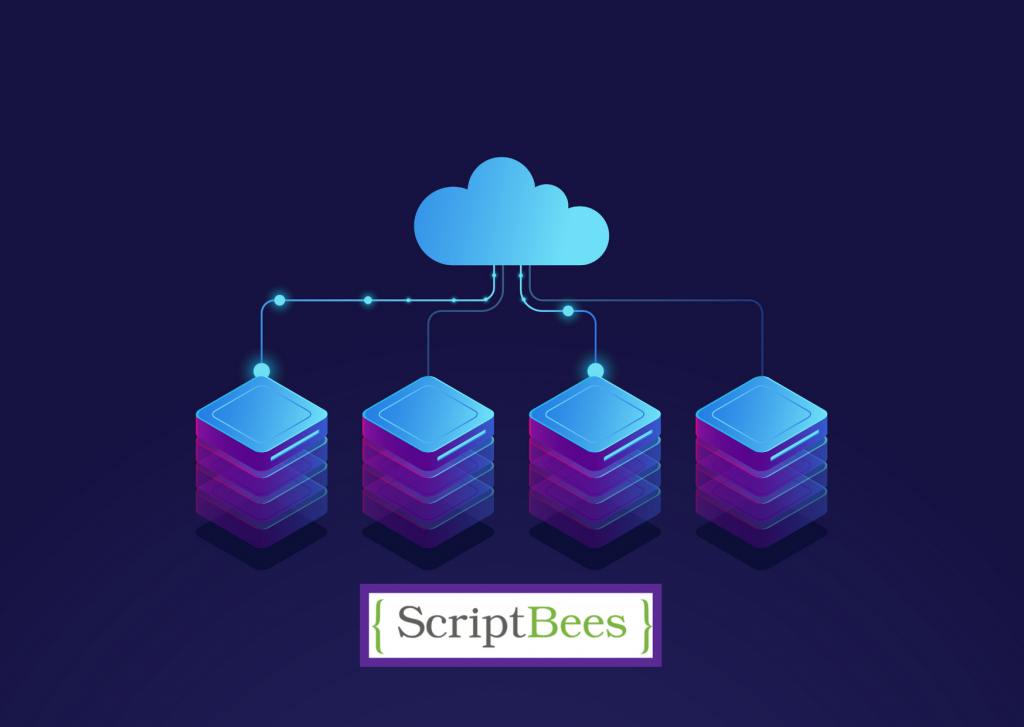Managing the growing data has a big challenge for every company in the IT industry. Cloud computing is a significant help for organizations in running and managing databases. Many multinational companies have begun to adopt the cloud as a solution to manage workloads. The cloud is more feasible for organizations than the On-premise data centers.
The cloud providers like AWS, Azure, and GCP enhance the agility and flexibility to provide more ease in data management. Cloud platforms are the best choice as they assure to run and manage the data seamlessly and transfer files between the applications.
As per stats, in 2021, the global public cloud services market is expected to grow by approximately 18 percent, which amounts to 304 billion U.S. dollars. A few cloud providers are now capable of autoscale, which allows you to provision more services.
Advantages of Cloud Migration
- Faster Deployment Times
- Enhanced Security Features
- Less Infrastructure Complexity
- Built-in Status Monitoring
- Improved Cost Management
Types of Cloud Computing
IaaS (Infrastructure as a Service)
IaaS offers the necessary infrastructure to organizations based on pay-as-you-go instead of traditional data centers. However, as we discussed, the migration of infrastructure should happen since the current generation is dealing with the cloud. Specifically, infrastructure migration services include:
- Data Center Migration
- Physical-to-Physical(P2P)
- Physical-to-Virtual(P2V)
- Virtual-to-Virtual
- Virtual-to-Physical (V2P)
PaaS (Platform as a Service)
PaaS enables organizations to eliminate the often costly and complicated process of managing and purchasing software licenses. Essentially, the service providers manage everything related to the lifecycle of the application and allow developers to focus on application development. PaaS(Platform as a Service) is recommended for organizations that want to organize the workflows in a production environment that involves multiple developers.
SaaS (Software as a Service)
In the SaaS model, providers host productivity software like email, collaboration, and calendaring on their servers and lease it to organizations with a subscription fee. Companies can also use these for other business applications, such as enterprise resource planning (ERP), document management, and customer relationship management (CRM).
Conclusion
Cloud migration is a better solution for an organization that focuses on continuous scalability and feasibility that reduces the risk and enables ease while doing business. ScriptBees provides the best solution with modern technology that helps grow your business. We are experts in delivering cloud services, web development, and designing.
Sharing is caring!

